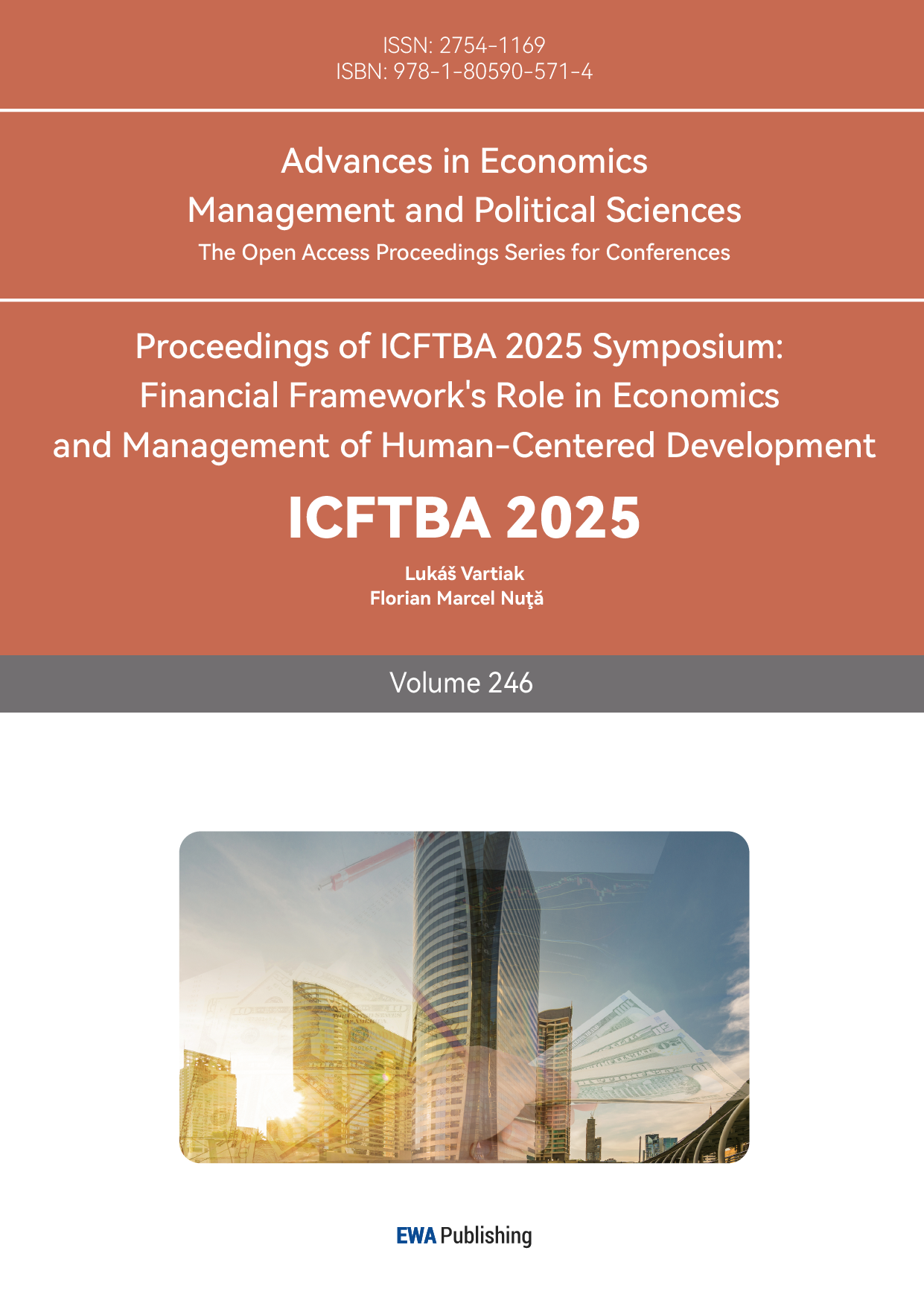References
[1]. Statista. (2025, July 1). Total revenue of the National Basketball Association 2001–2024. https: //www.statista.com/statistics/193467/total-league-revenue-of-the-nba-since-2005/
[2]. PricewaterhouseCoopers. (n.d.). Using data to better engage younger sports fans. PwC. https: //www.pwc.com/us/en/industries/tmt/library/engaging-younger-sports-fans.html
[3]. 2023 sports fan insights: The beginning of the immersive sports era. (2025, June 19). Deloitte Insights. https: //www.deloitte.com/us/en/insights/industry/sports/ immersive-sports-fandom.html
[4]. Mak, J. Y., Metzler, D., Ruth, G., & Crouch, N. (2025). Unveiling the power of brand equity in sports business: A comprehensive review and pathways for future research. Journal of Global Scholars of Marketing Science, 1–28. https: //doi.org/10.1080/21639159.2025.2497758
[5]. Watkins, B. A. (2014). Revisiting the Social Identity–Brand Equity Model: An application to professional sports. Journal of Sport Management, 28(4), 471–480. https: //doi.org/10.1123/ jsm.2013-0253
[6]. Yoshida, M., Gordon, B., Nakazawa, M., & Biscaia, R. (2014). Conceptualization and measurement of fan engagement: Empirical evidence from a professional sport context. Journal of Sport Management, 28(4), 399–417. https: //doi.org/10.1123/jsm.2013-0199
[7]. Minoso, G. (2024, November 5). Maximizing youth sports engagement on social media: How visual impact and message appeal shape consumer responses online. The Sport Journal. https: //thesportjournal.org/article/maximizing-youth-sports-engagement-on-social-media-how-visual-impact-and-message-appeal-s9
[8]. Li, H., & Pan, Y. (2023). Impact of interaction effects between visual and auditory signs on consumer purchasing behavior based on the AISAS model. Journal of Theoretical and Applied Electronic Commerce Research, 18(3), 1548–1559. https: //doi.org/10.3390/jtaer18030078
[9]. Woratschek, H., Horbel, C., & Popp, B. (2014). The sport value framework: A new fundamental logic for analyses in sport management. European Sport Management Quarterly, 14(1), 6–24.https: //doi.org/10.1080/16184742.2013.865776
[10]. Prahalad, C. K., & Ramaswamy, V. (2004). Co-creation experiences: The next practice in value creation. Journal of Interactive Marketing, 18(3), 5–14. https: //doi.org/10.1002/dir.2001510
[11]. Byon, K. K., Zhang, J. (C.), & Jang, W. (W.). (2022). Examining the value co-creation model in motor racing events: Moderating effect of residents and tourists. Sustainability, 14(15), 9648. https: //doi.org/10.3390/su14159648
[12]. Romero-Jara, E., Solanellas, F., L´opez-Carril, S., Kolyperas, D., & Anagnostopoulos, C. (2024). The more we post, the better? A comparative analysis of fan engagement on social media profiles of football leagues. International Journal of Sports Marketing & Sponsorship, 25(3). https: //doi.org/10.1108/ijsms-12-2023-0252
[13]. Pradhan, D., Malhotra, R., & Moharana, T. R. (2019). When fan engagement with sports club brands matters in sponsorship: Influence of fan—brand personality congruence. Journal of Brand Management, 27(1), 77—92. https: //doi.org/10.1057/s41262-019-00169-3
[14]. Zhong, Y.-J., Yang, J.-W., Guo, W.-H., & Wang, Y.-S. (2025). The impact of digital technology on sports consumption: Evidence from Chinese college students. Frontiers in Psychology, 16, 1501327. https: //doi.org/10.3389/fpsyg.2025.1501327
[15]. Westerbeek, H. (2025c). Algorithmic fandom: How generative AI is reshaping sports marketing, fan engagement, and the integrity of sport. Frontiers in Sports and Active Living, 7. https: //doi.org/10.3389/fspor.2025.1597444



